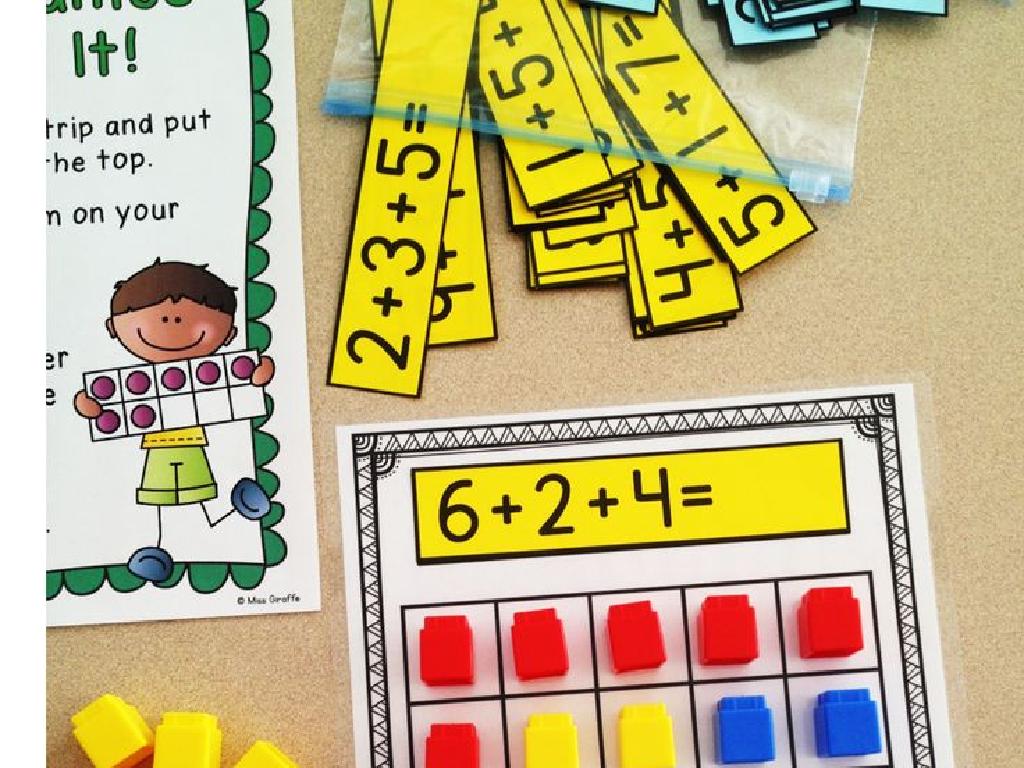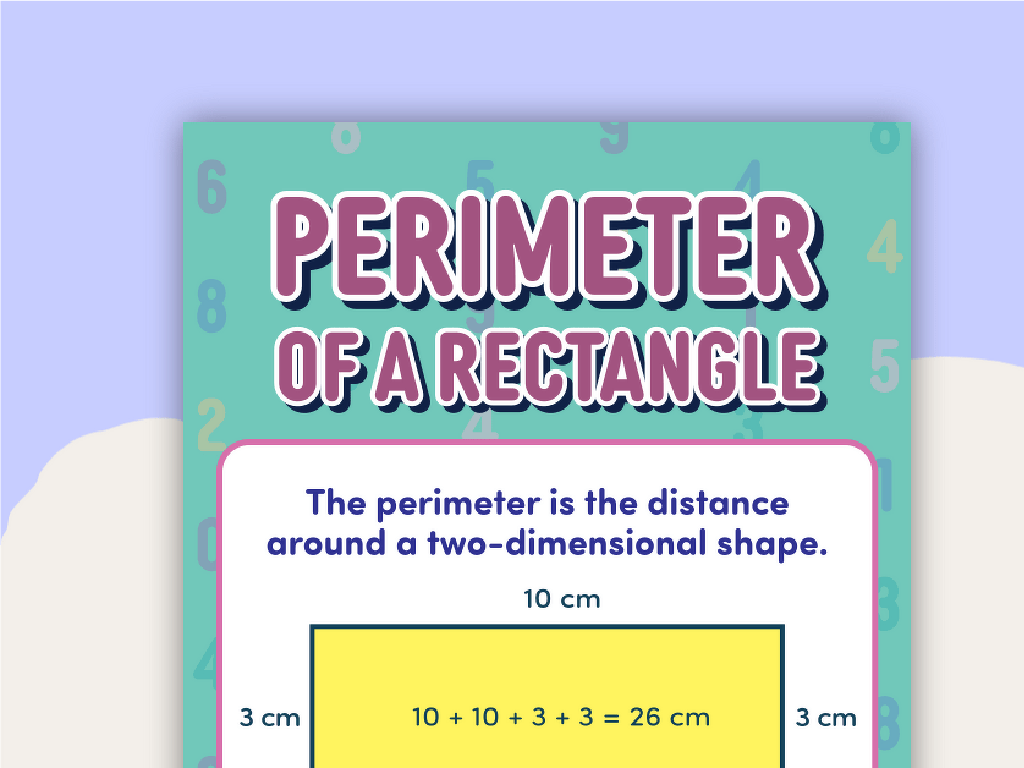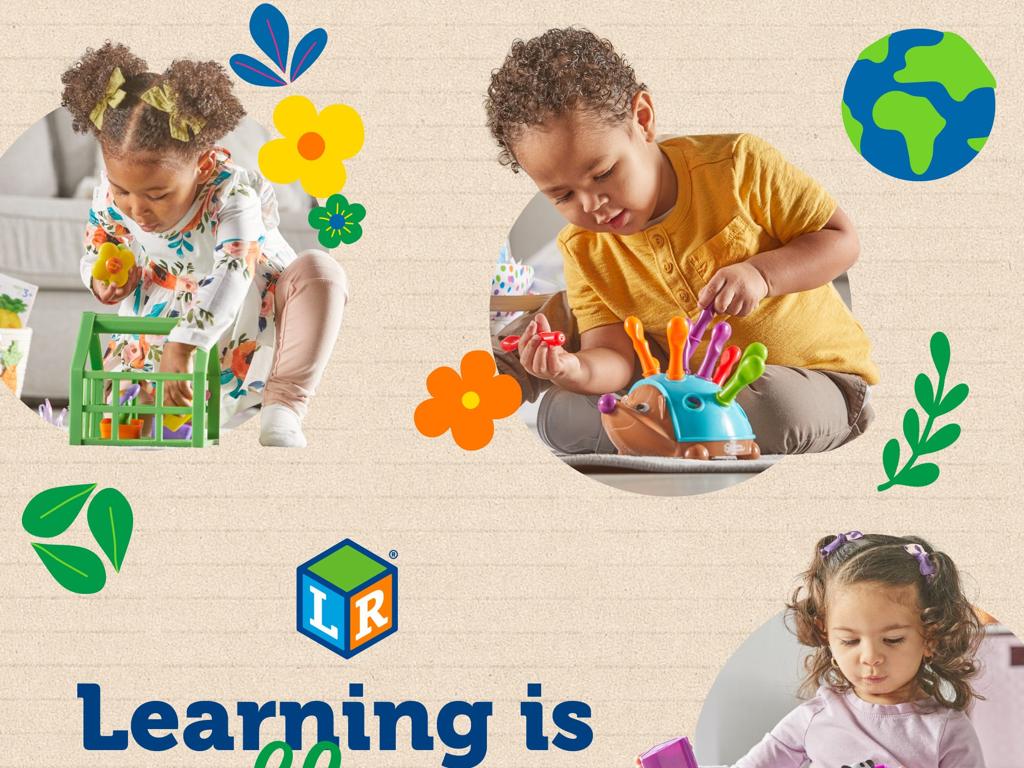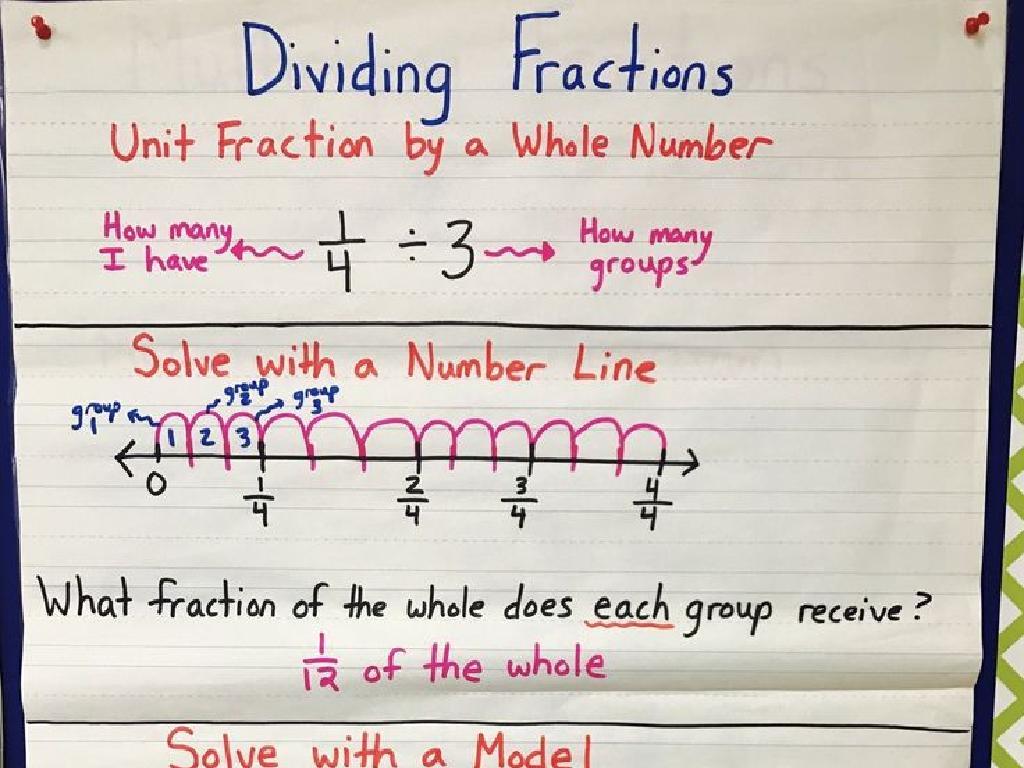Which Sentence Uses An Antonym?
Subject: Language arts
Grade: Second grade
Topic: Categories
Please LOG IN to download the presentation. Access is available to registered users only.
View More Content
Exploring Opposites with Antonyms
– What are antonyms?
– Antonyms are opposites
– Like ‘hot’ is to ‘cold’, ‘up’ is to ‘down’
– Examples of antonyms
– ‘Big’ and ‘small’, ‘happy’ and ‘sad’
– Practice finding antonyms
– We’ll look at sentences to find opposites
|
This slide introduces the concept of antonyms to second-grade students. Begin by explaining that antonyms are words that have opposite meanings. Use simple and relatable examples to illustrate the concept, such as ‘hot’ and ‘cold’ or ‘up’ and ‘down’. Encourage the students to think of their own examples of antonyms. Afterward, engage the class in an activity where they identify antonyms in different sentences. This will help them understand how antonyms are used in language and improve their vocabulary. Make sure to provide guidance and support as they practice this new skill.
Exploring Antonyms
– Antonyms are opposites
– Words with opposite meanings, like ‘up’ and ‘down’
– Examples: ‘Hot’ vs ‘Cold’
– ‘Hot’ is warm, ‘Cold’ is chilly
– ‘Big’ vs ‘Small’
– ‘Big’ is large, ‘Small’ is tiny
– Antonyms enhance descriptions
– They help us explain different things clearly
|
This slide introduces the concept of antonyms to second graders, helping them understand that antonyms are words with opposite meanings. Use everyday examples like ‘hot’ and ‘cold’ or ‘big’ and ‘small’ to illustrate the concept in a way that’s relatable to their experiences. Explain that knowing antonyms is useful for describing various situations and for making their stories and descriptions more interesting. Encourage the students to think of other antonyms and use them in sentences to describe their day or objects in the classroom. This will help them expand their vocabulary and improve their language skills.
Identifying Antonyms: Opposite Word Match
– Let’s play with opposite words!
– Match ‘Up’ with ‘Down’
– ‘Up’ is the opposite of ‘Down’
– Match ‘Happy’ with ‘Sad’
– ‘Happy’ is the opposite of ‘Sad’
– Can you find more opposites?
– Think of opposites like ‘Hot’ and ‘Cold’
|
This slide is designed to introduce second graders to the concept of antonyms through a fun matching game. Start by explaining that antonyms are words that have opposite meanings. Use the examples provided to demonstrate how to match words with their opposites. Encourage the students to actively participate by thinking of additional pairs of antonyms. Possible activities include having students draw a line between opposite words on a worksheet, playing a memory card game with antonym pairs, or creating a classroom display with antonym word pairs. The goal is to make learning antonyms an interactive and engaging experience.
Understanding Antonyms in Sentences
– Antonyms can alter sentence meaning
– Example: ‘half full’ vs ‘half empty’
– ‘Full’ and ’empty’ are antonyms, showing different views
– Opposites give new perspectives
– Words with opposite meanings can change our view
– Practice finding antonyms
|
This slide introduces the concept of antonyms and their impact on sentence meaning. Start by explaining that antonyms are words with opposite meanings. Use the example provided to show how changing just one word can give a sentence a completely different perspective. Emphasize the importance of context in understanding the use of antonyms. Encourage students to think of other examples of antonyms and how they might change the meaning of a sentence. As an activity, have students find and share sentences using antonyms from their favorite books or create their own sentences using a list of antonym pairs.
Your Turn: Find the Antonym!
– Observe sentences on the board
– Circle the antonyms you find
– Antonyms are words with opposite meanings
– Discuss your findings with peers
– Explain why you think they are antonyms
– Share your answers with the class
|
This slide is for a classroom activity where students will practice identifying antonyms. Begin by writing sentences on the board that contain antonyms. Instruct the students to carefully read the sentences and find words that are opposites, or antonyms, and circle them. Encourage students to discuss their findings with their classmates to reinforce their understanding of antonyms. Finally, have a few students share their answers with the entire class to ensure comprehension and to celebrate their discoveries. This activity will help solidify the concept of antonyms in a practical and engaging way.
Exploring Antonyms in Sentences
– Read the given sentences
– Find the sentence with antonyms
– Antonyms are words with opposite meanings
– Discuss your choice with a partner
– Share ideas and listen to your partner’s thoughts
– Explain why you think it’s correct
– Understanding antonyms helps with reading comprehension
|
This slide is designed to engage second-grade students in a partner activity to identify antonyms within sentences. Antonyms are words that have opposite meanings, such as ‘hot’ and ‘cold’. By reading sentences and discussing with a partner, students will practice their analytical and communication skills. Teachers should encourage students to explain their reasoning, which reinforces their understanding of antonyms and their ability to use context to determine meaning. Provide guidance on how to respectfully share and discuss different opinions. This activity also fosters cooperative learning and peer support.
Creating Sentences with Antonyms
– Time to get creative with words!
– Write a sentence with opposite words
– Use words that mean the opposite, like ‘hot’ and ‘cold’.
– We’ll share with the class
– Discuss why they’re opposites
– Understand how antonyms change a sentence’s meaning.
|
This slide is designed to engage second-grade students in an activity where they apply their understanding of antonyms by creating their own sentences. Encourage creativity and make sure they grasp the concept that antonyms are words with opposite meanings. Provide examples if necessary, such as ‘The sun is hot, but the ice cream is cold.’ After writing, students will share their sentences with the class, fostering a collaborative learning environment. Discussing as a group will help reinforce the concept and allow students to learn from each other’s examples. This activity will enhance their vocabulary and comprehension of how word choice can alter the meaning of a sentence.
Class Activity: Antonym Charades
– Play Antonym Charades game
– Act out words silently
– Use body language or gestures for the word
– Classmates guess the antonyms
– Think of the opposite of the acted word
– Remember: No talking!
|
This activity is designed to help students understand the concept of antonyms through a fun and interactive game. Antonym Charades will require students to think creatively about how to express a word through actions while their classmates guess the opposite word. Teachers should prepare a list of words suitable for second graders that have clear antonyms. Examples of words could include ‘happy’ (sad), ‘hot’ (cold), ‘light’ (heavy), and ‘fast’ (slow). Divide the class into small groups and let each student have a turn acting out a word. Encourage the audience to observe carefully and think about what the opposite of the acted word could be. This activity promotes active participation, reinforces the concept of antonyms, and enhances students’ vocabulary.
Review and Reflection: Antonyms
– Recap on antonyms
– Antonyms are words with opposite meanings, like ‘hot’ and ‘cold’.
– Importance of antonyms
– They help us describe things better and make our sentences more interesting.
– Create new antonym pairs
– Think of words you know and find their opposites.
– Share antonyms next class
|
Today’s lesson focused on understanding antonyms, which are words with opposite meanings. We discussed how antonyms enrich our language by allowing us to express ideas with greater clarity and contrast. For homework, encourage students to be creative and come up with their own list of antonyms to share in the next class. This activity will help reinforce their understanding of the concept and expand their vocabulary. In the next class, create a fun and interactive session where students can present their antonyms and discuss how they found them.






